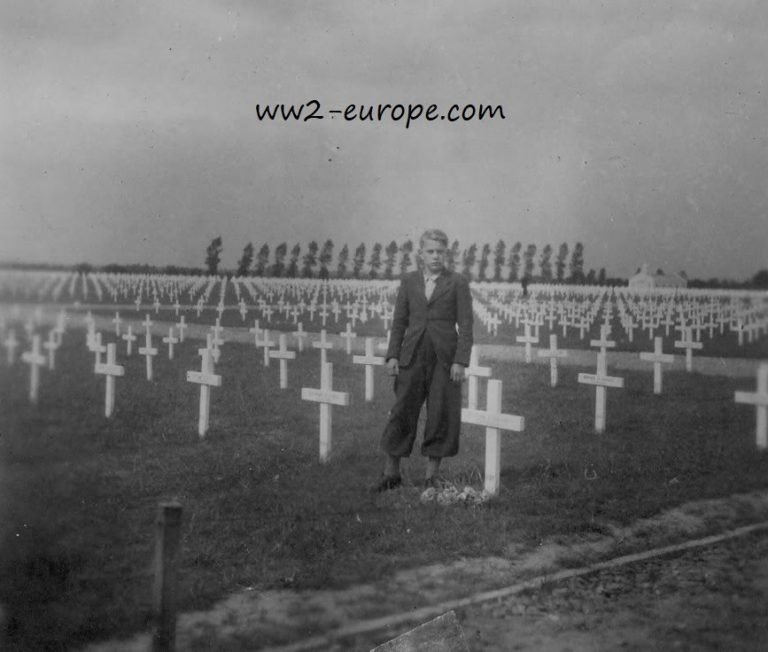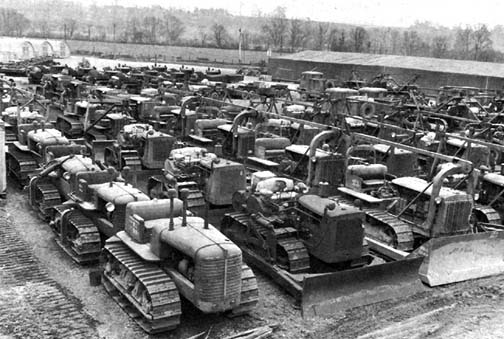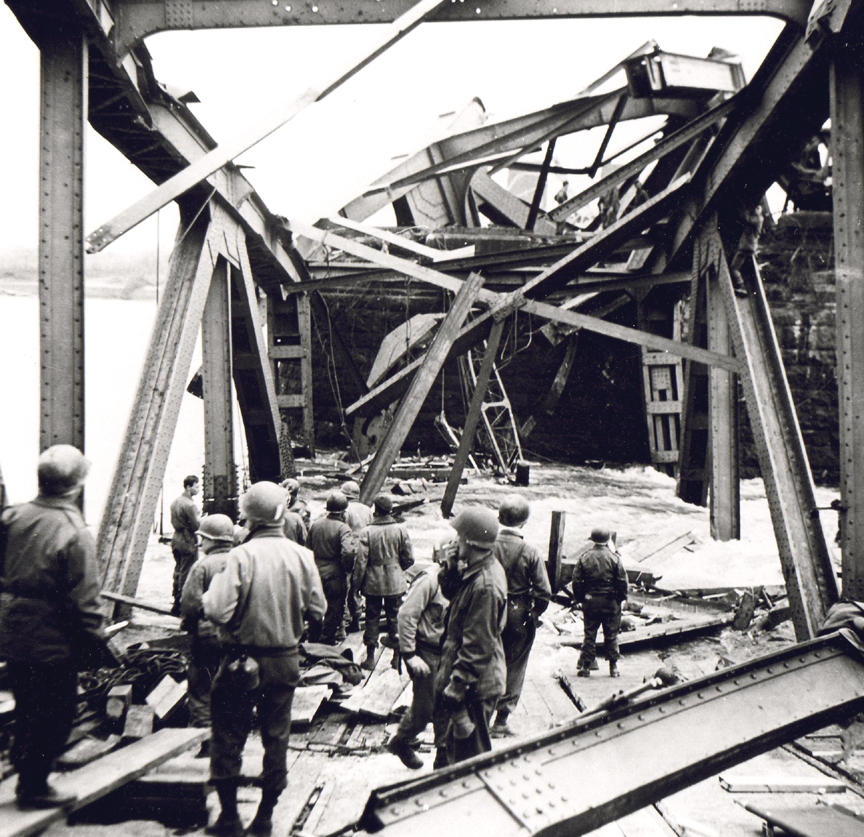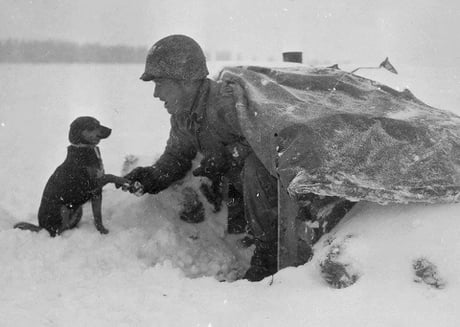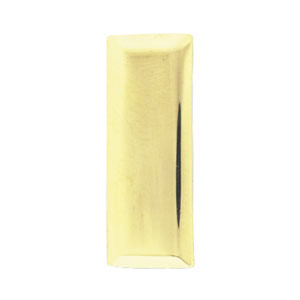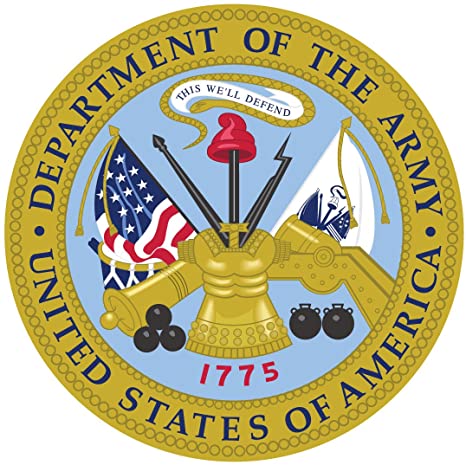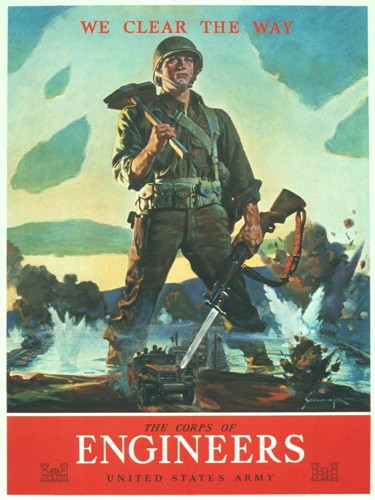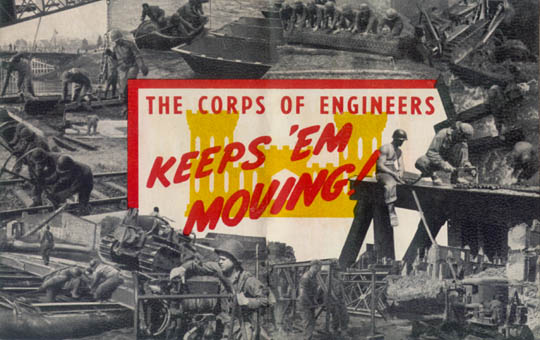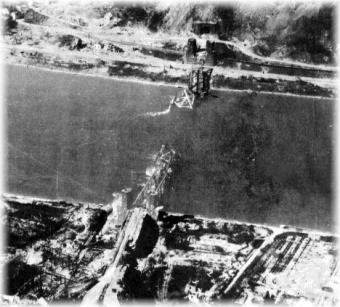Rank and Name, Second Lieutenant Theodore B. Dexter Jr.
Unit/Placed in, 44th Engineer Battalion (Combat), United States Army.
Theodore was born approx. on April 22, 1924 in Providence County, Rhode Island.
Father, Theodore B. Dexter (1964).
Mother, Beatrice E. (Buffington) Dexter (1974).
Theodore enlisted the service at Rhode Island with serial number# O1109895.
Theodore B. Dexter was a 2nd Lieutenant in the 44th Engineer Battalion (Combat).
Theodore was KIA in the Street fights over Luxembourg, on Dec. 22, 1944, he is honored with the Purple Heart, Good Conduct Medal, American Campaign Medal, Army Presidential Unit Citation, European-African-Middle Eastern Campaign Medal, WW II Victory Medal.
Theodore is buried at Luxembourg American Cemetery and Memorial, Hamm, Luxembourg, Luxembourg.
He also has a Memorial Grave at Smithville Cemetery, North Scituate, Providence County, Rhode Island, USA.
Thanks to https://en.wikipedia.org/wiki/United_States_Army_Corps_of_Engineers
Jean Louis Vijgen, ww2-Pacific.com and ww2-europe.com.
Air Force Info, Rolland Swank.
ABMC Website, https://abmc.gov
Marines Info, https://missingmarines.com/ Geoffrey Roecker
Seabees History Bob Smith https://seabeehf.org/
Navy Info, http://navylog.navymemorial.org
POW Info, http://www.mansell.com Dwight Rider and Wes injerd.
Philippine Info, http://www.philippine-scouts.org/ Robert Capistrano
National Historian
Navy Seal Memorial, http://www.navysealmemorials.com
Family Info, https://www.familysearch.org
Info, https://www.pacificwrecks.com/
Medals Info, https://www.honorstates.org
Website, https://hendrikswebdesign.nl/
Find a Grave, https://www.findagrave.com
Tank Destroyers, http://www.bensavelkoul.nl/
Engineers
It was perhaps fitting that the U.S. Army, with an officer corps heavily influenced by the teachings of the United States Military Academy (which was the first engineering school in the United States), should be lavishly equipped with engineer troops and equipment. The divisional combat engineer battalions were capable of performing most engineering tasks (including demolitions, obstacle emplacement, fortification, and light bridge building) for the division. Additional battalions from corps or army augmented divisional engineers for more extensive tasks. Corps battalions were assigned to the command of an engineer group headquarters, which consisted of an H&H Company and an engineer light equipment company. Normally there were between three and six battalions in an engineer group and one or two groups per corps or army.
Combat engineer battalions tended to have high esprit de corps; they rightly considered themselves to be elite specialists. In a pinch, combat engineers also could act as infantry and did so frequently. In the Battle of the Bulge, a handful of engineer battalions proved to be a vital asset to the beleaguered American Army.
In addition to the combat engineer battalions there were in the Army a number of other general engineer units. The Engineer Amphibian Brigade was designed to support amphibious operations and included an H&H Company, three boat-and-shore regiments, a boat maintenance battalion, a medical battalion, and a quartermaster, ordnance, and a signal company. A single amphibian brigade (with naval support) was capable of transporting and landing an infantry division. Later, the brigade was strengthened and re-designated as the Engineer Special Brigade. Six Engineer Special Brigades, numbered 1st to 6th, were eventually formed. The 1st served in the MTO, ETO and PTO, the 5th and 6th served in the ETO, the others all served in the PTO.
Engineer aviation regiments and battalions were designed to construct and maintain air bases. Aviation engineers included engineer airborne aviation battalions, which were designed to be air transportable; so as to repair airfields captured by airborne forces.
Engineer bridging units included heavy ponton (the word pontoon is properly pronounced ponton, and beginning in World War II, that is the way it has been spelled by U.S. Army Engineers) battalions (nineteen formed, allotted usually one to three per army), light ponton companies (usually one per engineer group), and treadway bridge companies (usually one per armored division, but held at corps).
Engineer general service regiments and battalions performed construction, repair, and maintenance duties of all kinds behind the front lines. Many general service battalions were formed as pools of unskilled labor troops, usually African-American, and later were organized as regiments. Fifty-five of the 103 general service regiments that were formed were Colored units.
Engineer special service regiments (seven formed) contained highly skilled construction personnel and had a large allotment of heavy equipment. The remainder of the engineer corps was made up of various specialist units, topographic, water supply, railway, oil field, railway operating, and camouflage battalions. In addition, there were large numbers of separate companies and even specialist engineer detachments consisting of a few officers and men. Over 600 battalion-size engineer units were formed during the war.
Curiously, only the engineer combat regiments were broken up into separate battalions as a part of the pool concept in 1943. The H&H Company of the engineer combat regiments were re-designated as engineer combat groups in 1943. The other specialized engineer regiments were retained to the end of the war.
